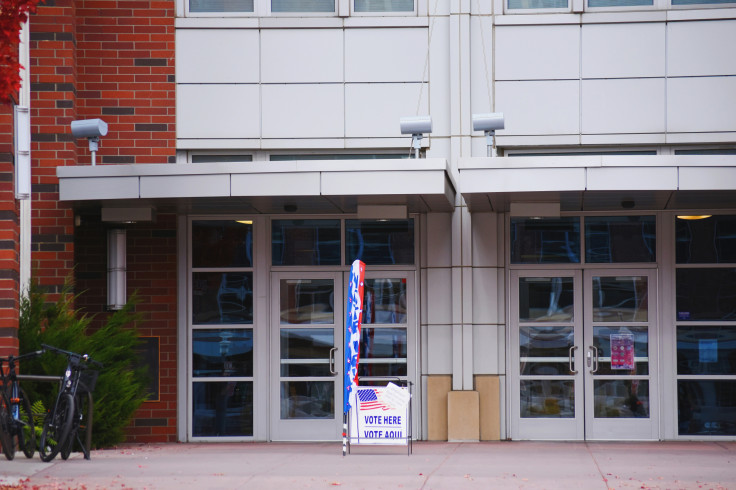
With 17 million Latinos across the U.S. expected to vote in the upcoming elections, most of which are significantly geographically concentrated, both parties are turning to battleground states, like Nevada, to appeal to the electorate.
To do this, voter mobilization and organizing efforts that consider the nuances of this demographic is key, according to Latino Data Hub. That is why, the UCLA Latino Policy and Politics Institute produced a series of detailed profiles for Latino eligible voters in different states, highlighting the population's characteristics and priorities.
One of the states in this series is Nevada, which Vice President Harris and former President Trump will seek to dominate due to their high Latino population.
Nevada has the sixth-largest proportion of Latino-eligible voters in the U.S. In that state, around 450,000 Latinos are eligible to vote, representing 21% of the state's electorate, and it keeps growing.
Nevada's Latino eligible voter population has more than tripled since 2000, increasing from 126,500 to 449,000 in 2022, according to the profile. This growth has outpaced that of non-Latinos, who only saw a 42% increase in the same period.
Latinos represent the youngest racial or ethnic group among adult citizens in Nevada, with the median age of the Latino eligible voter being 37 years old— 10 years younger than all eligible voters and more than 15 years younger than non-Hispanic whites. A large share of these voters are also bilingual, with 45% of Latino eligible voters in the state speaking both English and Spanish.
When it comes to education, such attainment among Latinos is lower than that of other racial or ethnic groups in the state. About 21% of Latinos have less than a high school education— more than any racial and ethnic group. Similarly, Latinos, along with Native Americans, have the lowest rates of bachelor's degree attainment at 15%.
This may be a significant factor on the state of work and wages for Latinos, as they are the group that works the most, but earn the least, Latino Data Hub shows.
Latinos have the highest labor force participation of all major racial and ethnic groups, with their participation rate being 10% higher than that of all eligible voters. However, the median household income for adult citizen Latinos is about $69,000, almost $10,000 less than the median for non-Hispanic whites.
Latinos also seem to be struggling in other areas. For instance, they have a lower homeownership rate than eligible voters overall (59% compared to 63%). They are also the second most commonly uninsured group at 15%, compared to Native Americans' 18%.
As the election nears, both the Harris and Trump campaign are shifting efforts to win the state.s support.
In 2020, Biden won Nevada's six electoral college votes with a margin of about 2.4% or less than 34,000 votes. Latino voters favored Biden over Trump at a 3 to 1 margin. But now, with Harris stepping up to the Democratic ticket and Trump increasingly swaying Latino voters, those numbers may change.
© 2024 Latin Times. All rights reserved. Do not reproduce without permission.







